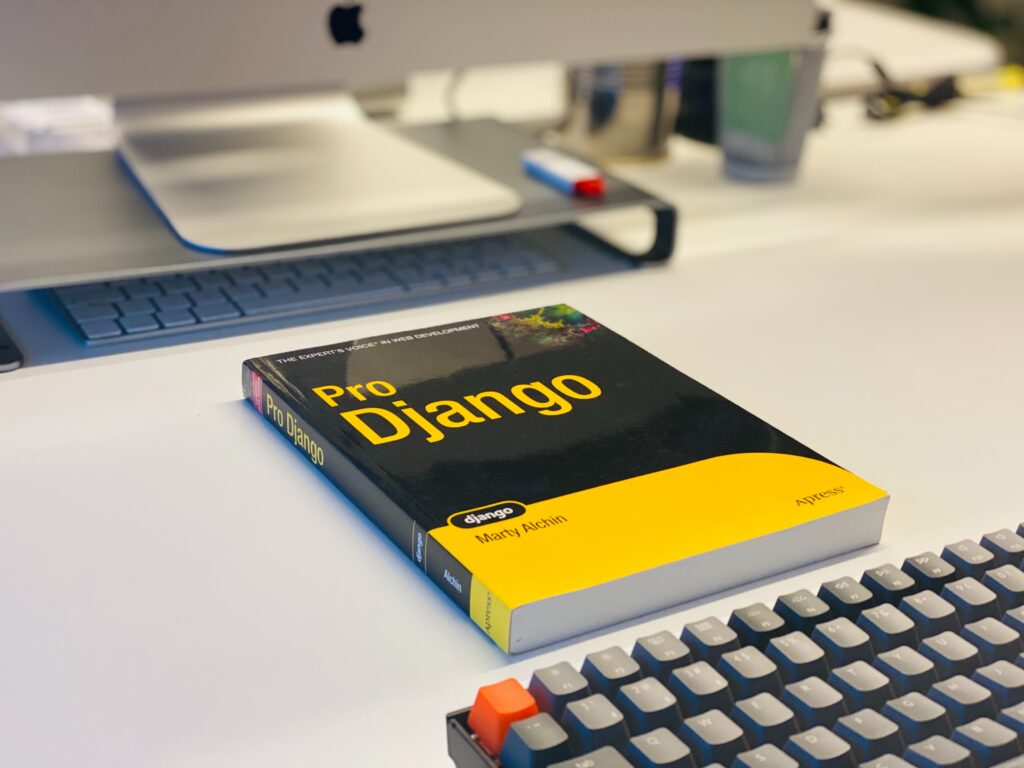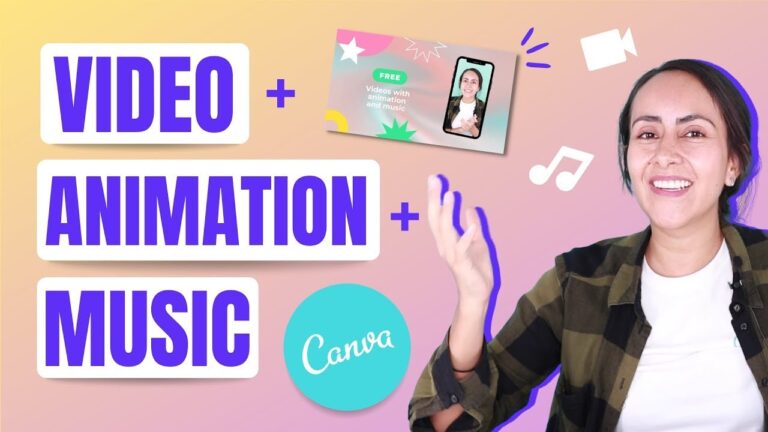Professional versatility is the best term that can accurately describe the full-stack developer profession. Full-stack developers with experience in web development and app development are versatile, talented professionals many companies wish to hire.
Since the rise of the digital age, more and more companies and organizations are creating their unique online presence through their websites. Naturally, web development is constantly growing as well, and the demand for experienced and skilled full-stack developers is increasing significantly.
What is a Full Stack Developer?
A full-stack developer is proficient in both sides of website development: the front-end and the back-end. The front-end is also known as the client or the audience facing side, and it refers to all elements of a web or mobile app with which users interact directly. In contrast, the back-end refers to the server, application, and database that work together to deliver information and meet user needs.
Front-end developers create and optimize the website interface and make sure the elements look great on all devices: smartphones, tablets, and desktops. They use programming languages ??like HTML, CSS, and JavaScript to create great-looking websites.
On the other hand, back-end developers need to write and maintain the code that manages databases, servers, and proprietary programs. Back-end developers are responsible for developing ways to communicate information to users who operate the website interface.
Here the full stack development unfolds. Full-stack refers to both the front and backside of the website or application. As you’d expect, full-stack developers are professionals who can solve both sides of the proverbial equation.
8 Steps to Become a Full Stack Developer
Are you a programming enthusiast, or do you dream of working as a developer? What does it take to become a successful full-stack developer? How much knowledge do you need to accumulate? Here is an eight-step guide to follow if you aspire to become a full-stack developer.
Step #1. Understand Your Current Experience Level
Becoming aware of your current experience and education level will help you transition to becoming a full-stack web developer. If you have an advanced technical background, this process will be easier for you. If you’re already a perceptive interface user or have dabbled in coding, your journey will be even simpler. However, if you have no coding knowledge and have never had hands-on development project experience, you will have a lot to learn.
Even if you know your coding basics, becoming a full-stack developer will require hard work and patience. Understand where you are right now to see where you start your journey.
Step #2. Establish Your End Goal
What do you plan to do once you master the skills of a full-stack developer? You can get employed at a company, work as a freelancer, be a consultant for other organizations, or develop your programs. Don’t get intimidated by the idea of building your software and plugins because it can be a very rewarding goal. Whatever path you decide on, it is essential to choose it right from the start to also pick the right technologies and tools to aid you.
Step #3. Learn Front-End Technologies

HTML and CSS
HTML & CSS are the building blocks of the internet. Regardless of the server-side language or framework you use, you will always need HTML and CSS for front-end development. HTML tells the browser how to display a web page’s content, and CSS specifies how the web page is styled.
JavaScript
JavaScript is a text-based programming language that you can use for both front-end and back-end so you can build full-stack applications with it. With JavaScript, you can create dynamic website content and interactive pages for all devices.
Angular.js
Angular.js is a JavaScript framework developed by Google. It utilizes the TypeScript language, and it allows you to generate components instead of creating them manually.
React
React is a JavaScript library developed by an engineer at Facebook. React is component-based, so instead of working on a whole web application, you build individual components that you later put together to create your app.
Bootstrap
Bootstrap is an open-source web development library that features components for navigation, typography, buttons, and many more. It also offers a wide variety of fonts, colors, and layouts. One of the biggest advantages of using Bootstrap is that you get a consistent appearance of all elements across all browsers.
Foundation
Foundation is an open-source CSS framework used to power responsive user interfaces. It is semantic and completely customizable. Plus, it comes with many resources such as code snippets and HTML templates.
Step #4. Learn Back-End Technologies and Tools
PHP
PHP is a general-purpose scripting language that can be embedded into the HTML code. PHP code is executed on the server, generating HTML, which is then sent to the client. It is fairly easy to learn, and it allows you to collect, process, and utilize data to create output.
SQL
SQL stands for Structured Query Language, and this language is used to communicate with databases, more specifically retrieve information from databases. Most companies store their data in SQL-based databases, so this is a handy language to learn.
Databases
Databases are organized collections of data that can be easily accessed, managed, and updated. Websites need databases to store data, so full-stack developers should know how to interact with databases. Some of the most popular databases used by full-stack engineers are MySQL, MongoDB, Oracle, and SQLServer.
Java
Java is one of the most popular back-end programming languages in the world. It is used to build fast, secure, and reliable applications, so it is widely spread in companies and startups alike. Java is class-based and object-oriented, and it can run on all platforms.
Python
Python is an interpreted, object-oriented programming language that is used for developing complex applications. It comes with high-level data structures, dynamic binding, and many other features. If you are proficient in any other programming language, you will pick up Python very quickly.
Django
Django is a Python-based framework that you can use to build web applications fast and with less code. It is one of the most secure frameworks because it has built-in protection for standard website hacking.

Step #5. Learn Basic Web Design Skills
Because full-stack developers are also responsible for the client-side, they must have basic web design skills. Knowing the critical aspects of user interface design is essential to building a visually attractive and engaging website. A well-designed and responsive website will attract much more traffic than one with a poorly designed interface. Hence, full-stack developers should understand the basic web design principles, including UI and UX, prototyping, scalability, and so on.
Step #6. Work on Your Soft Skills
Besides the required technical skills that any full-stack web developer must have, there are some soft skills that are equally important. You must have a perfect balance between technical knowledge and soft skills. Some of the most important soft skills a full-stack web developer should have are analytical thinking, time management, critical thinking, thirst for knowledge, attention to detail, creative vision, and patience.
Step #7. Start Building Your Portfolio
Having a web development portfolio website is the easiest way to showcase your projects and convince potential employers that you are an experienced and creative full-stack developer. This will also show employers you take your career seriously and take pride in the work you’ve done so far. If possible, include your code in the public repository on GitHub.
Besides your professional projects, we also encourage you to add some personal web development projects to your portfolio. If you don’t have any, you can start by creating a plugin and then move on to single-page applications. If you’re a WordPress full-stack developer, you can build plugins for WordPress, like this WooCommerce product featured video plugin. Feel free also to include projects that are currently under development.
Step #8. Search for a Job
Once you’ve built your portfolio website, it’s time to start looking for work. While this can be a little intimidating, a strong resume and a great portfolio website will take you a long way.
Make sure you set your career goals in advance, research the job market, tailor your full-stack web developer resume for the specific positions you are applying for, and include cover letters in your job applications. Don’t look for full-stack developer job offers solely on the internet. You can also contact companies you’d like to work for or attend job fairs for more opportunities.
Final Thoughts
Full-stack development is a very fulfilling profession with increased employment opportunities and bigger challenges than other web development jobs. Higher responsibilities, but higher rewards as well.
We hope you now have a clear idea of what it means to be a full-stack developer and what you need to do to get there. Don’t get discouraged if, from where you’re standing, it seems that you have a long way to go. Try to tackle each challenge as an individual one, and it won’t feel as overwhelming.
The post Your Guide to Becoming a Full-Stack Developer in 2021 appeared first on Creative Tim's Blog.

